South Korean Prime Minister Han Duck-soo said he would allow medical schools to set their own admissions quotas next year, a move that raised hopes of ending the medical strain.
The information was released on April 19, after a government meeting, aimed at ending the prolonged strike. Accordingly, the government will allow 32 universities to flexibly increase their enrollment quotas, with annual increases ranging from 50% to 100%, starting from 2025. This means that the authorities agree with the proposal of 6 national medical schools to reduce enrollment quotas by 50% next year due to concerns about not ensuring training facilities. Previously, the country planned to increase the enrollment quota for medical schools by 2,000 in 2025, expecting to have 10,000 more doctors by 2023.
Han sees the decision as a potential move to reach a compromise amid a lack of consensus in the medical community. “By proactively accepting the recommendations from the deans of the schools, I hope to create an opportunity to protect medical students, normalize education and resolve conflicts,” he said.
Han stressed that the decision was to break the deadlock after a series of surgeries and treatments were canceled nationwide. He said that South Korea could not ignore the damage caused by the medical gap.
Earlier, since February 20, more than 9,000 resident physicians, the core force in caring for and treating critically ill patients, left hospitals to protest the policy of increasing enrollment quotas in medical schools. This has put South Korea on the brink of a major medical crisis. The crisis has spread to the training sector, as medical students and many medical school professors have quit their jobs in support of the resident physicians. Meanwhile, the government has begun revoking the practice licenses of nearly 5,000 of these doctors, and is considering criminal prosecution.
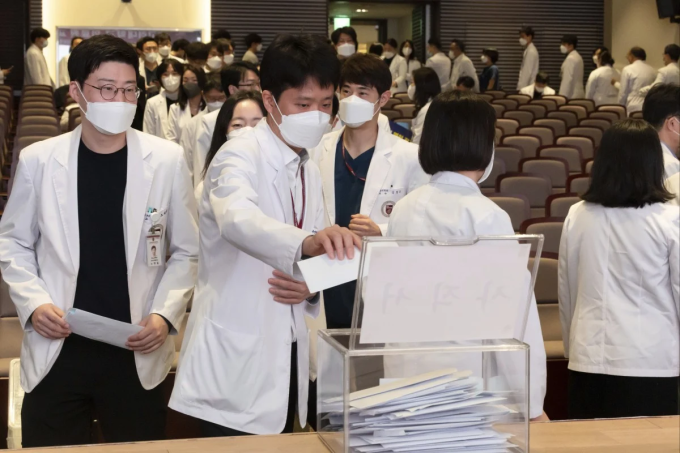
Medical professors line up to submit their resignations during a meeting at Korea University in Seoul, South Korea, March 26. Photo: AP
The strikers were protesting against the government’s plan to reform medical education, increasing the number of medical students by 2,000 from 2025. They said the plan would impact the quality of medical services and lead to higher hospital bills for patients. Instead of increasing the number of students, the government should address the income and working conditions of current medical staff.
Meanwhile, the government believes that increasing the quota is necessary to cope with the aging population and strengthen the medical workforce for essential sectors such as pediatrics, emergency medicine, and surgery.
By 2035, about 30% of South Korea's population will be 65 or older. According to the National Health Insurance Corporation, the need for hospitalization among seniors is 11 times higher than that of people in their 30s and 40s. With 20% of all doctors over 70, South Korea is facing a severe shortage of medical personnel. Research agencies predict that the country will be short at least 10,000 doctors by 2035.
Thuc Linh (According to Yonhap )
Source link




![[Photo] Bustling construction at key national traffic construction sites](https://vphoto.vietnam.vn/thumb/1200x675/vietnam/resource/IMAGE/2025/5/2/a99d56a8d6774aeab19bfccd372dc3e9)





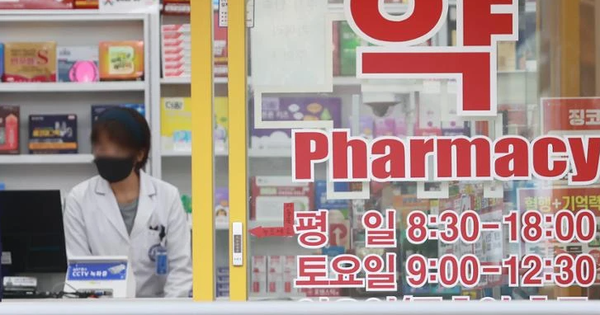
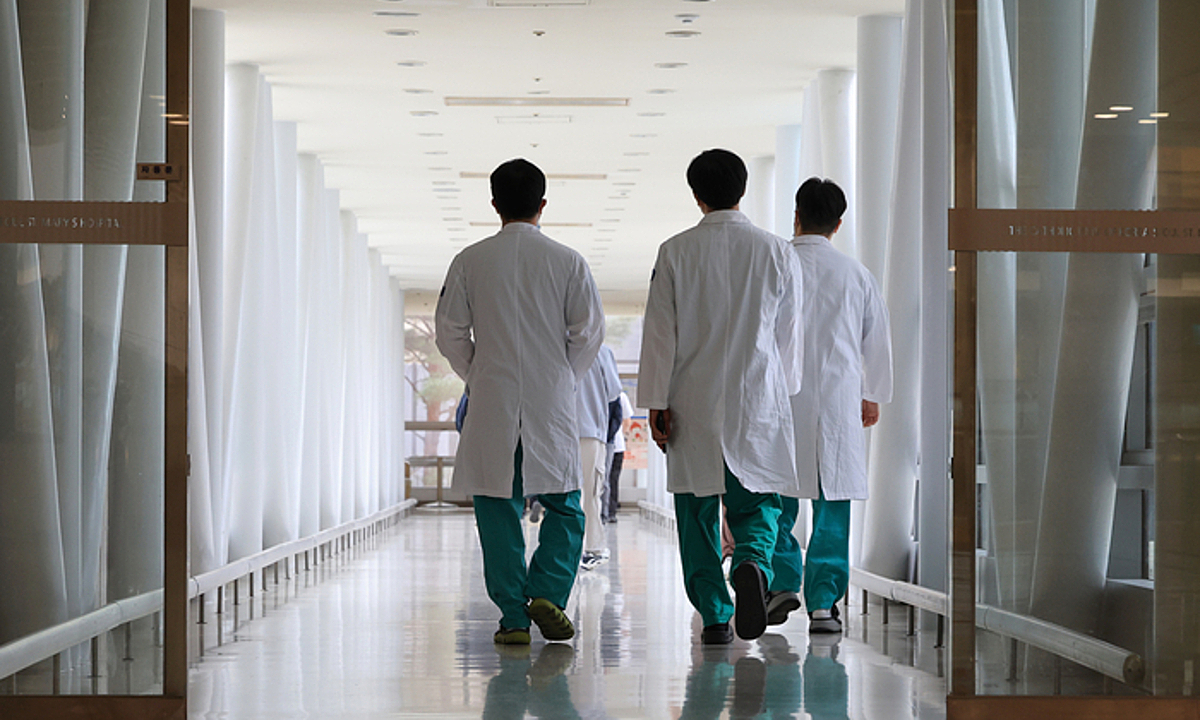
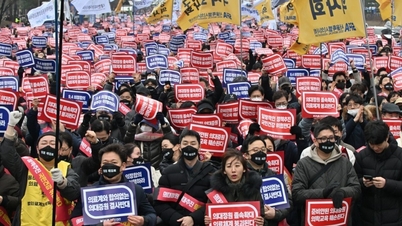


















![[Photo] Binh Thuan organizes many special festivals on the occasion of April 30 and May 1](https://vphoto.vietnam.vn/thumb/1200x675/vietnam/resource/IMAGE/2025/5/1/5180af1d979642468ef6a3a9755d8d51)

![[Photo] "Lovely" moments on the 30/4 holiday](https://vphoto.vietnam.vn/thumb/1200x675/vietnam/resource/IMAGE/2025/5/1/26d5d698f36b498287397db9e2f9d16c)














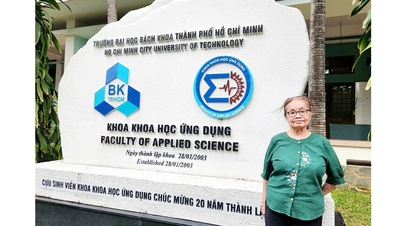

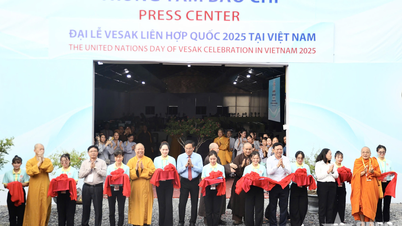

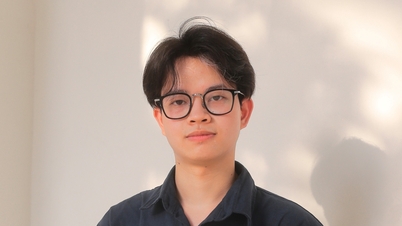













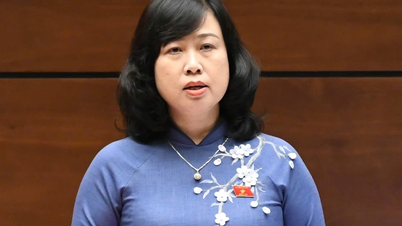























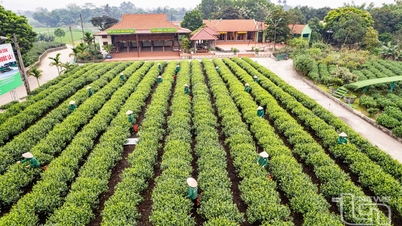

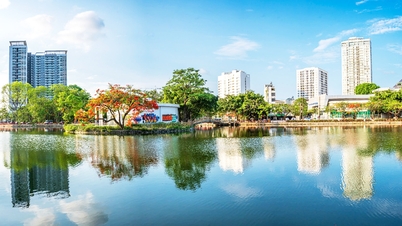









Comment (0)